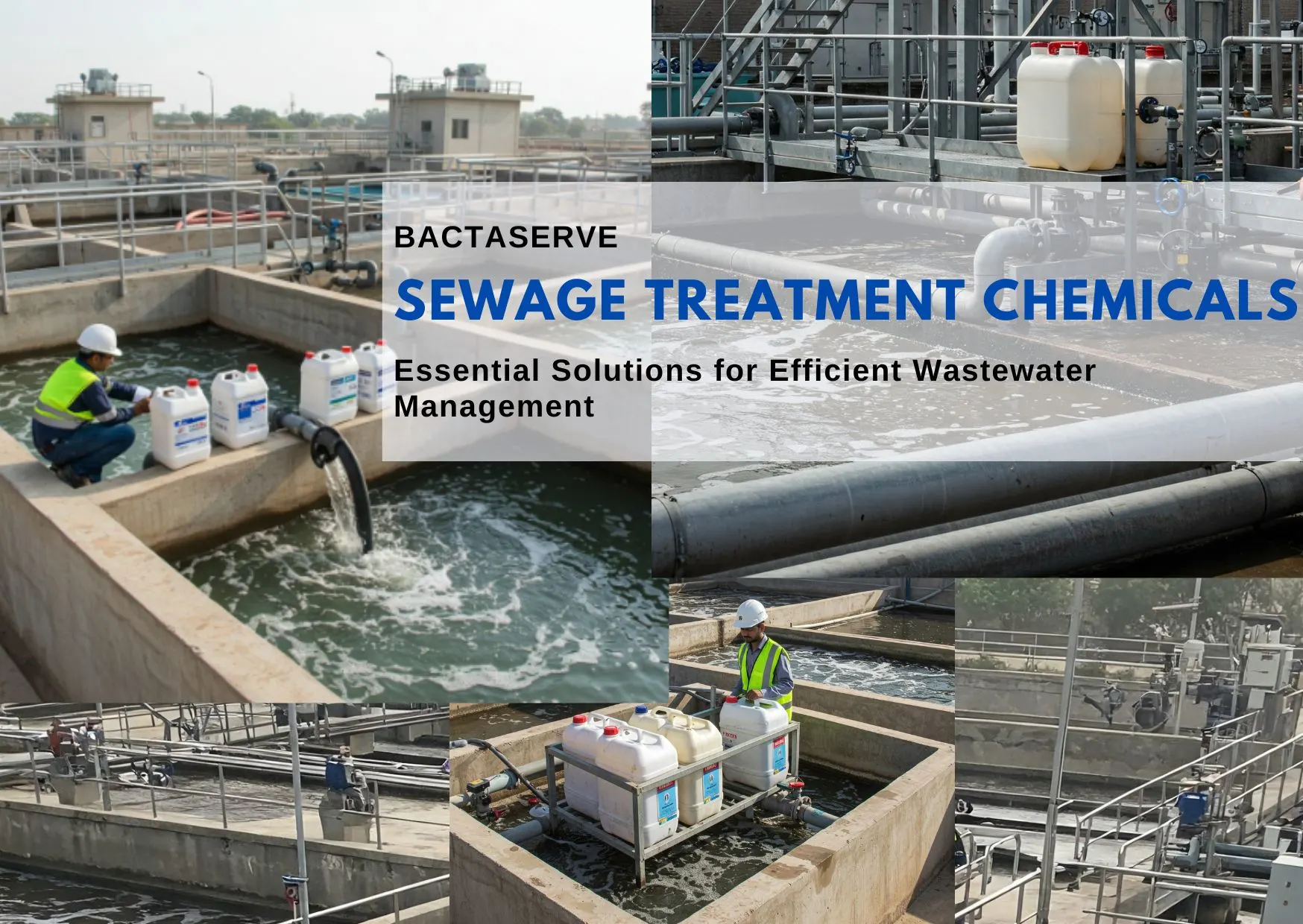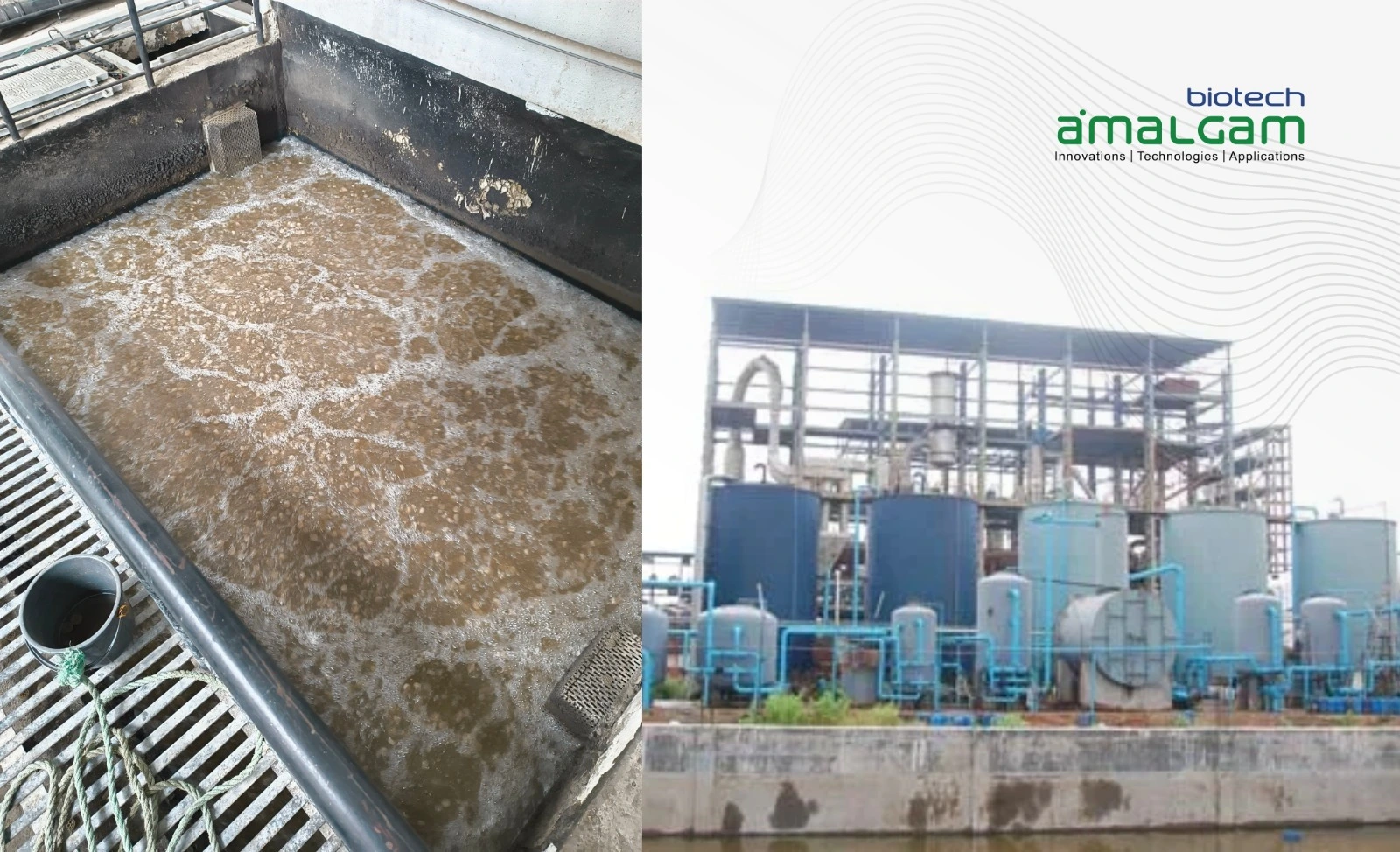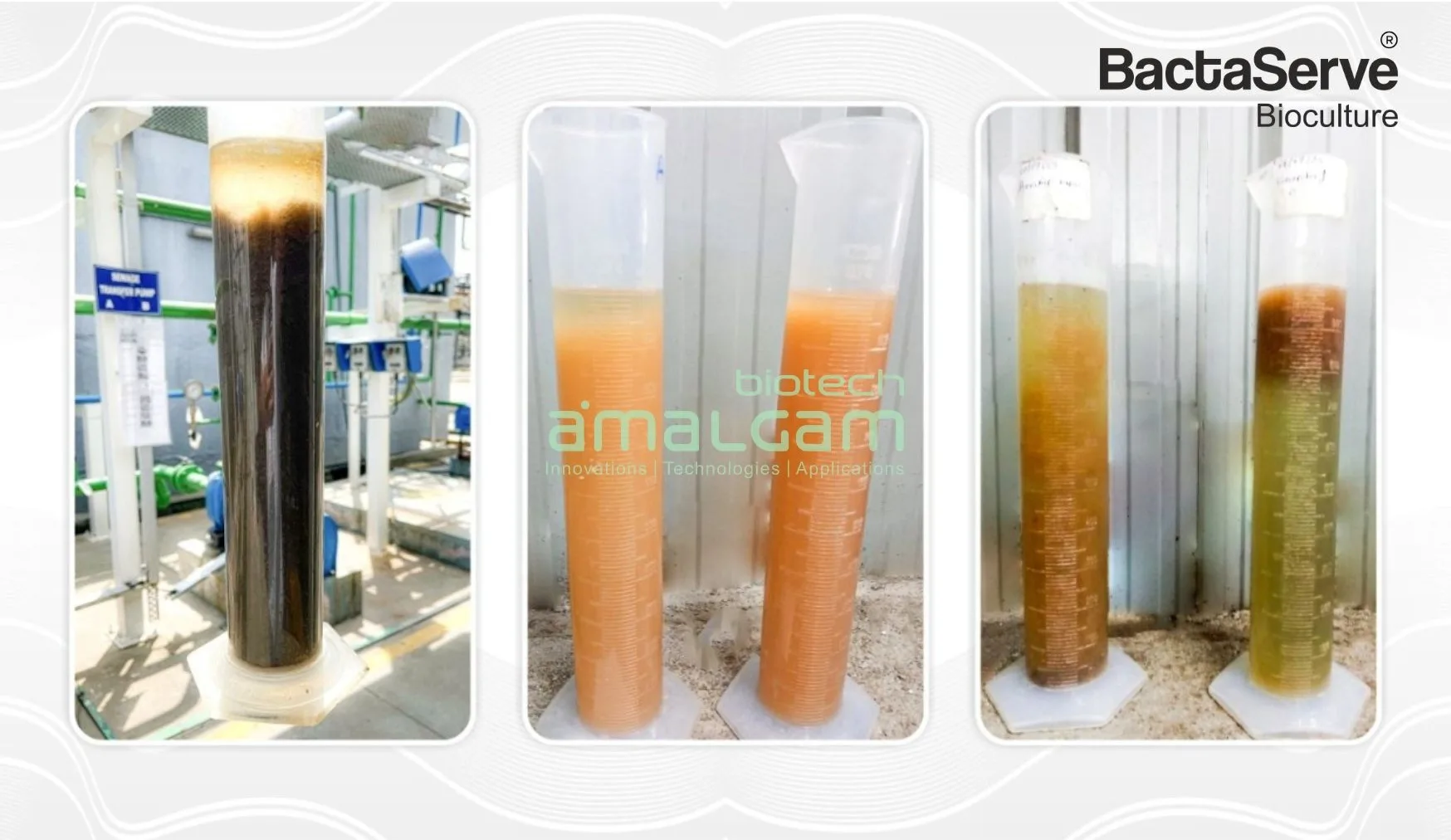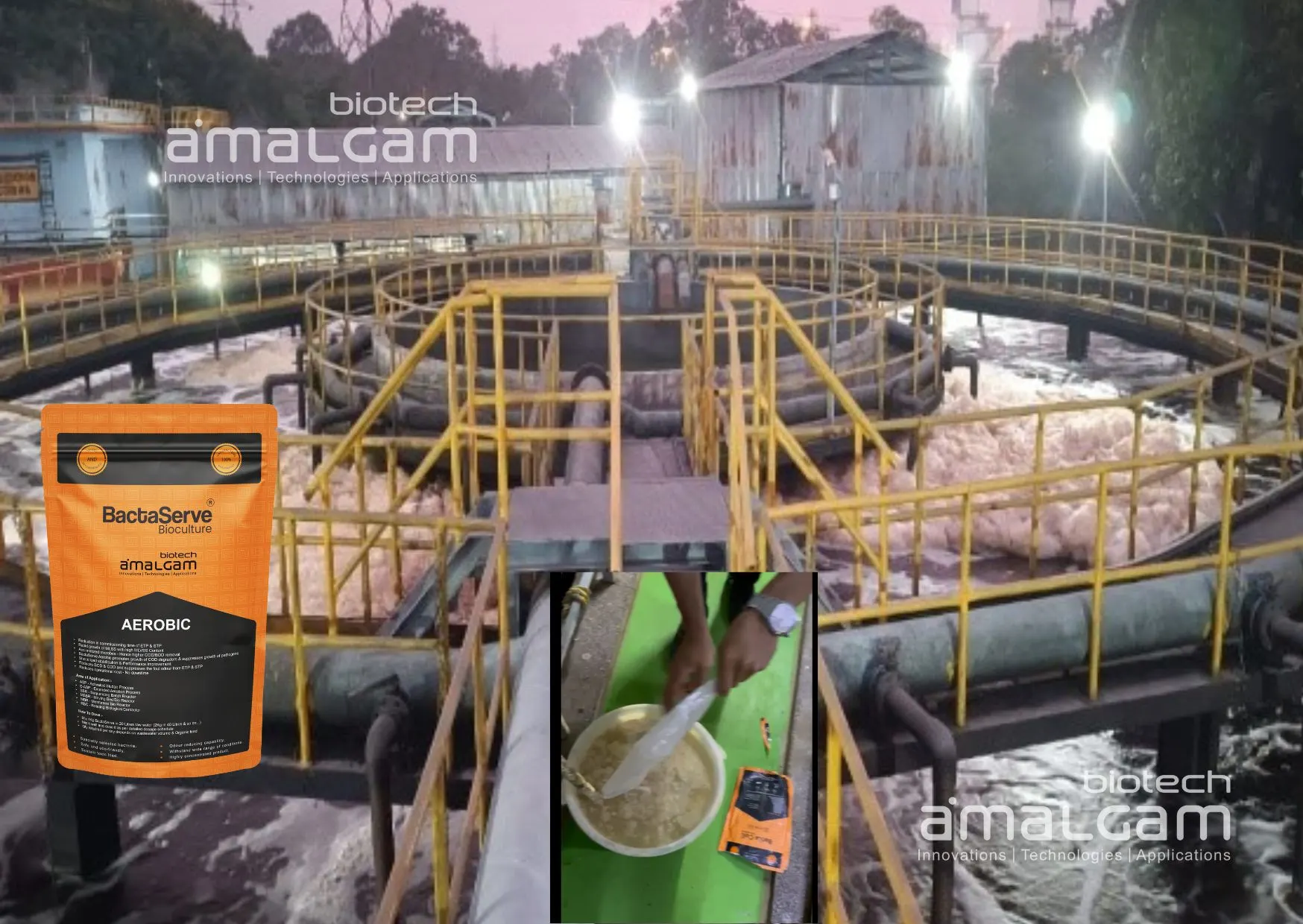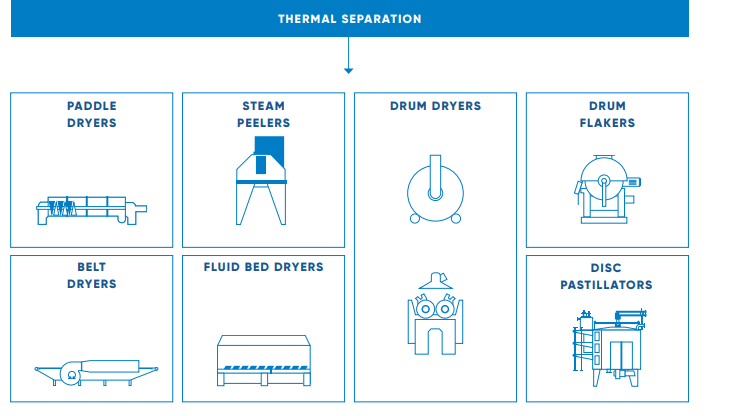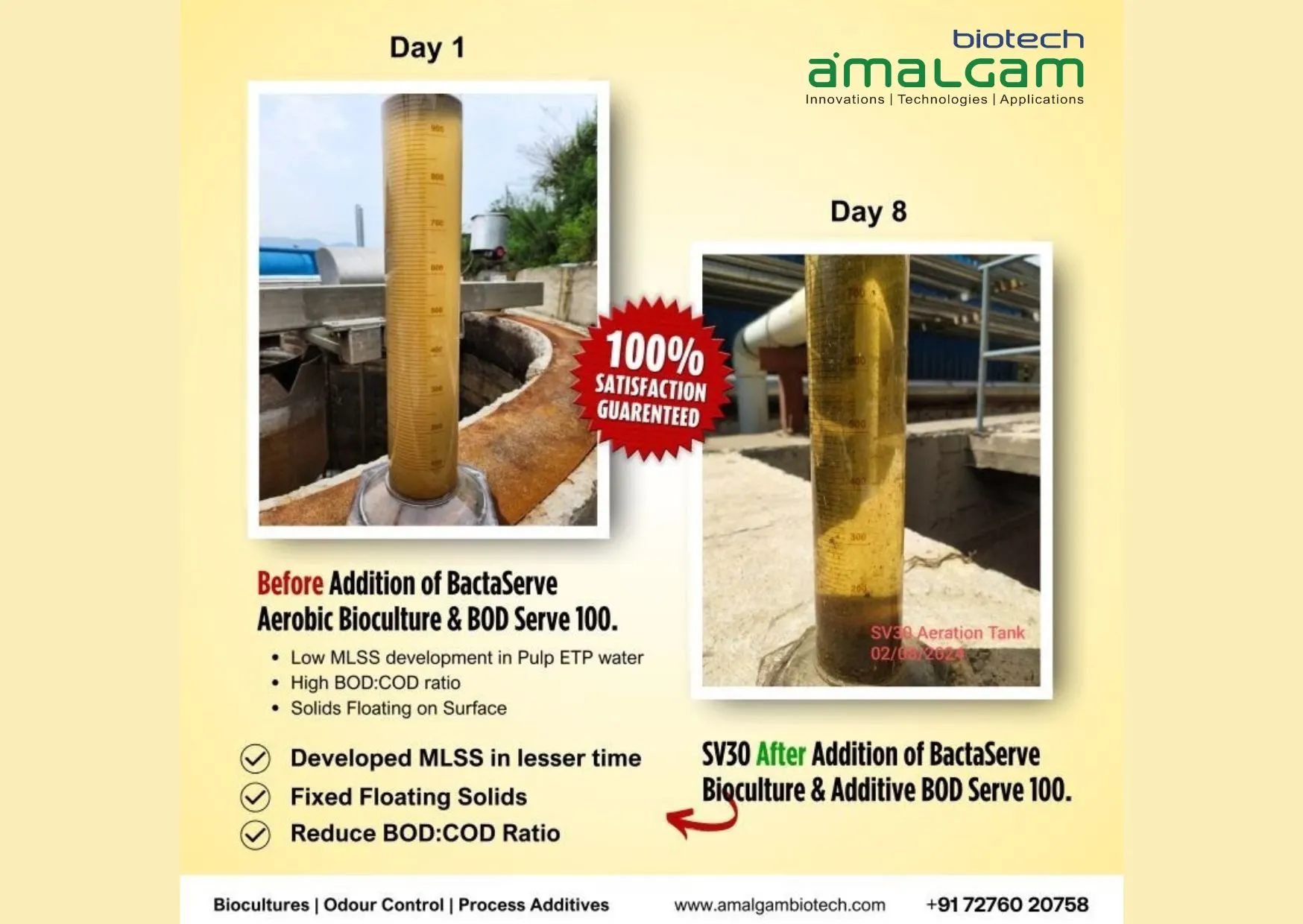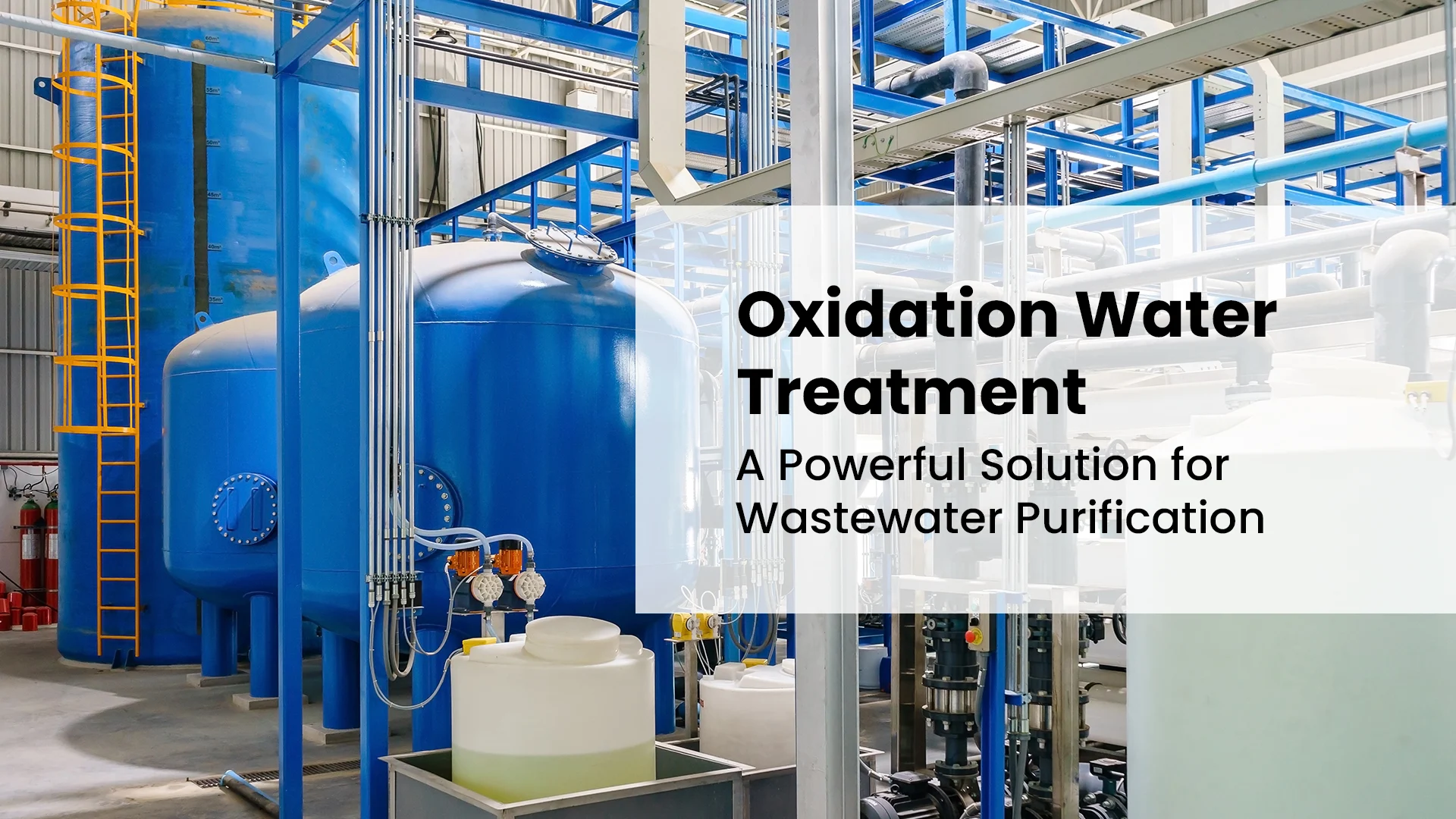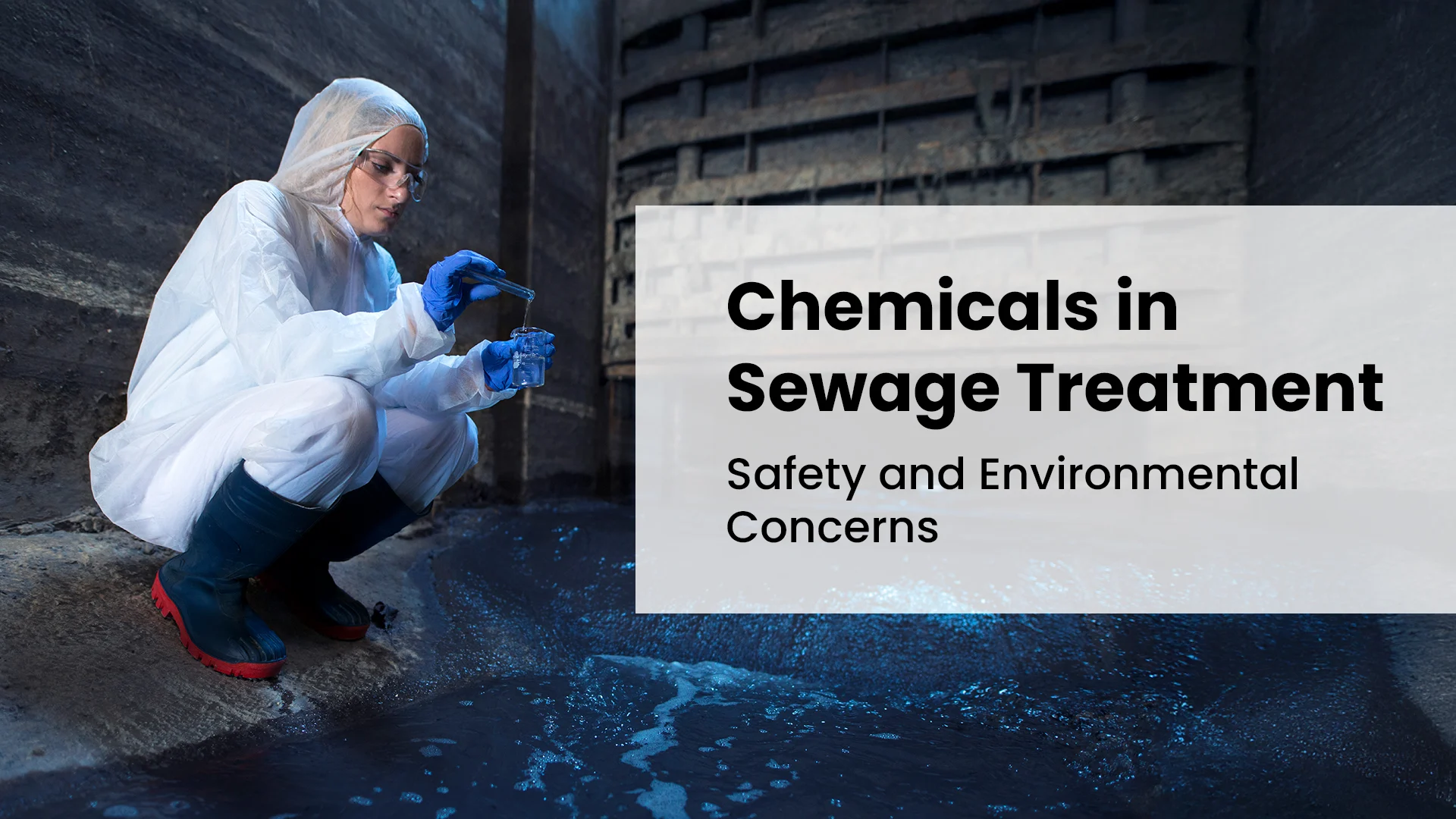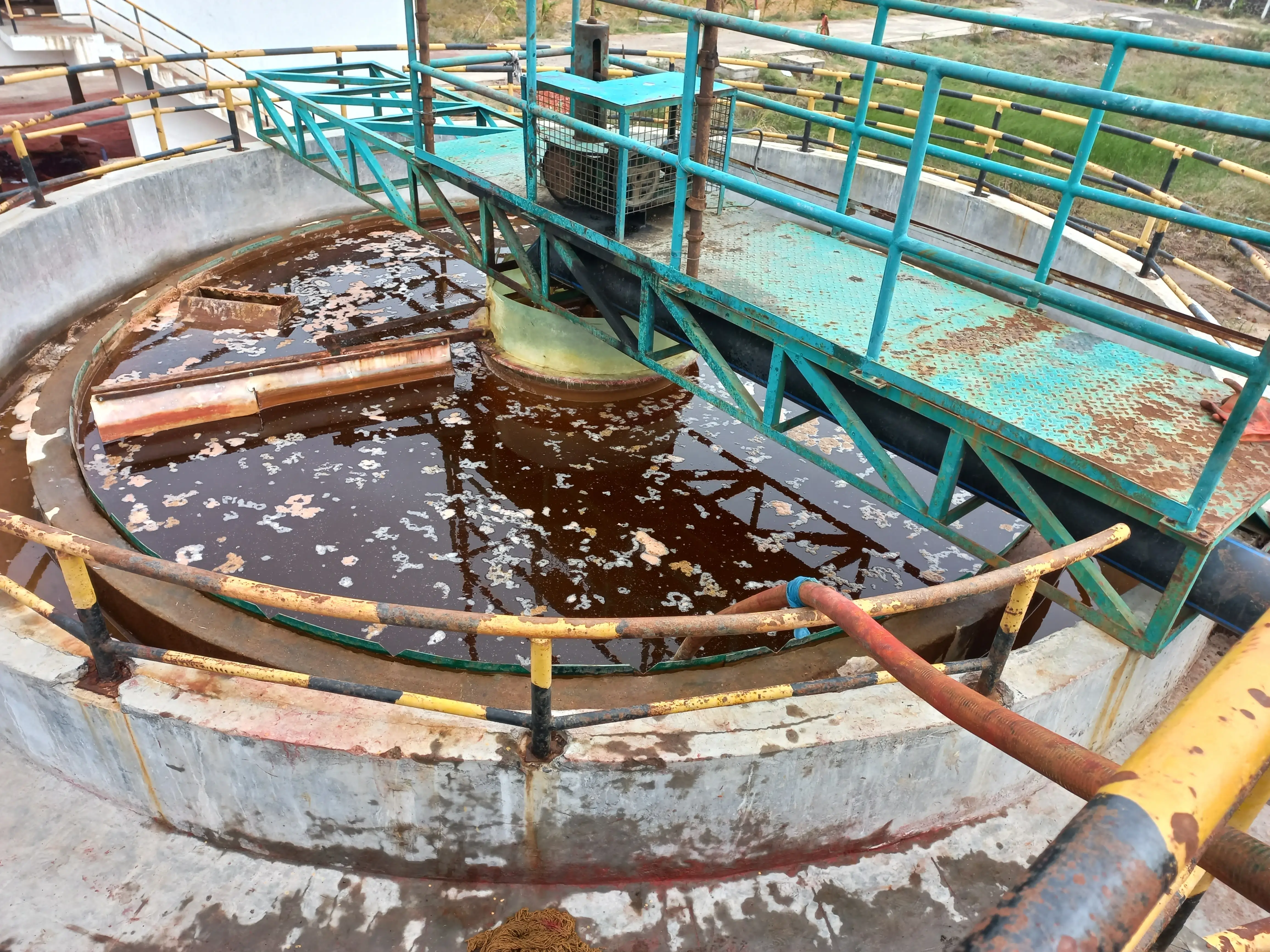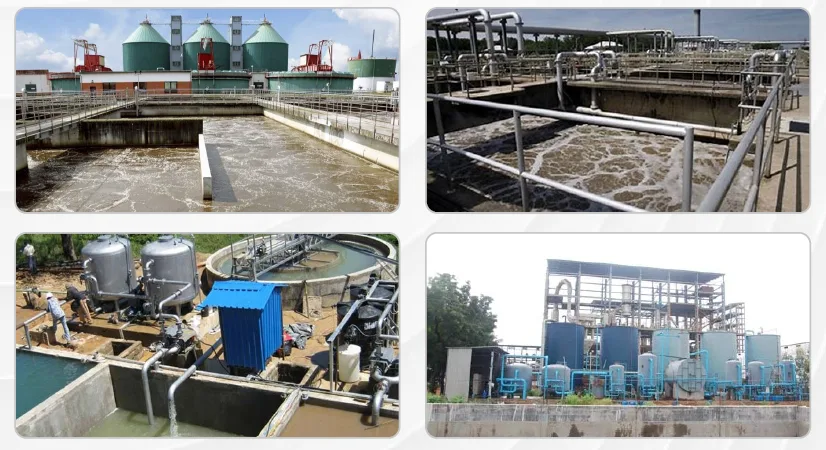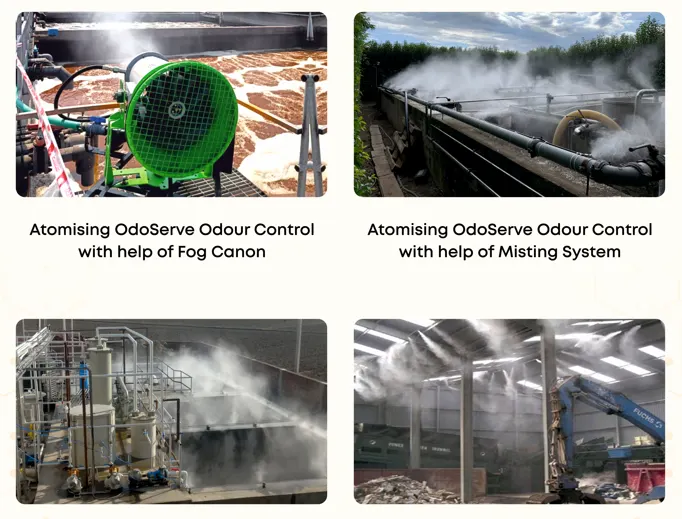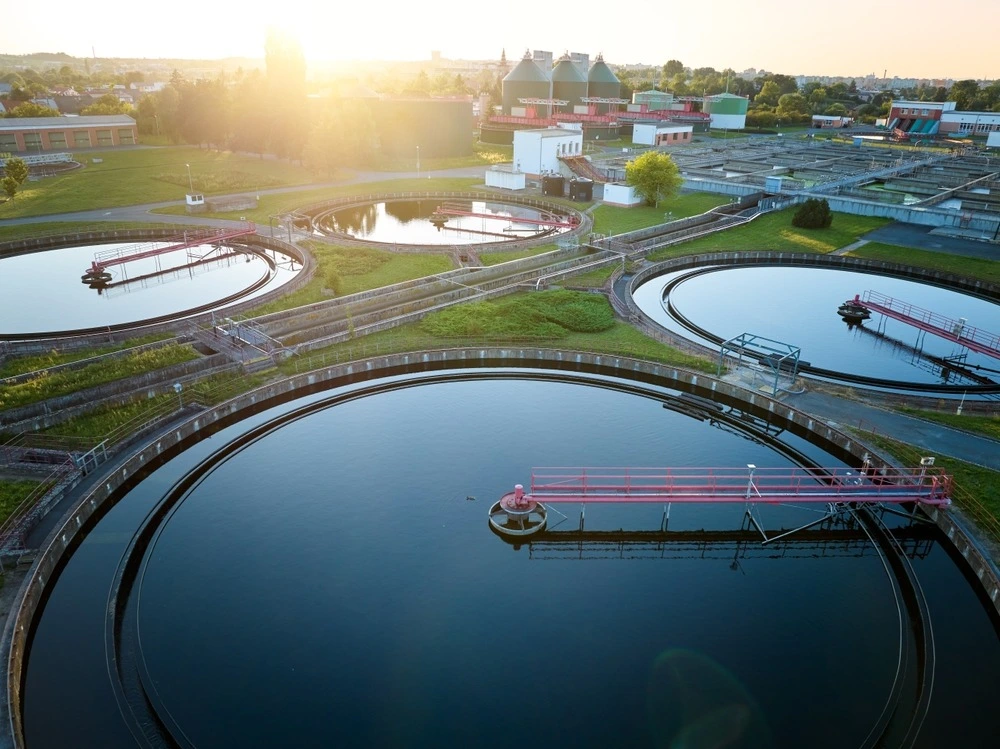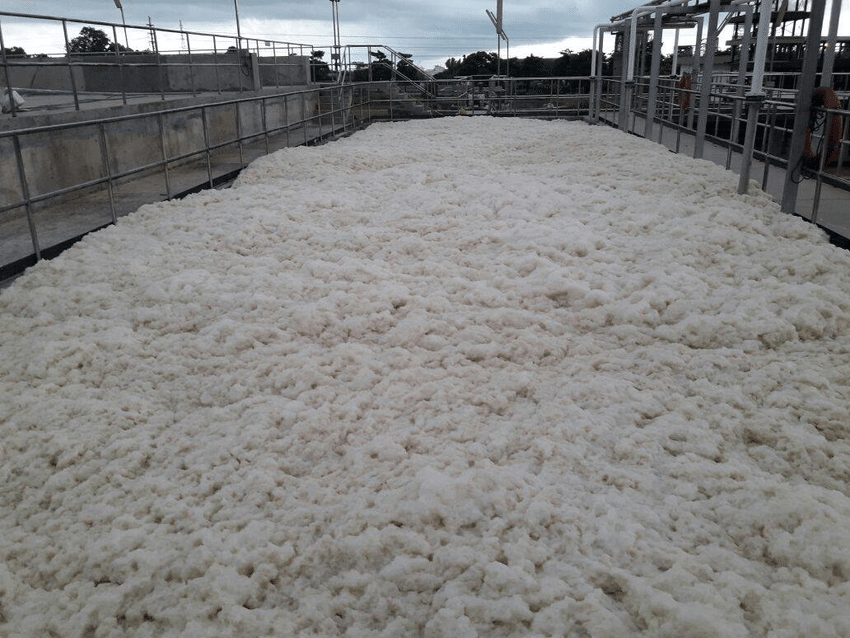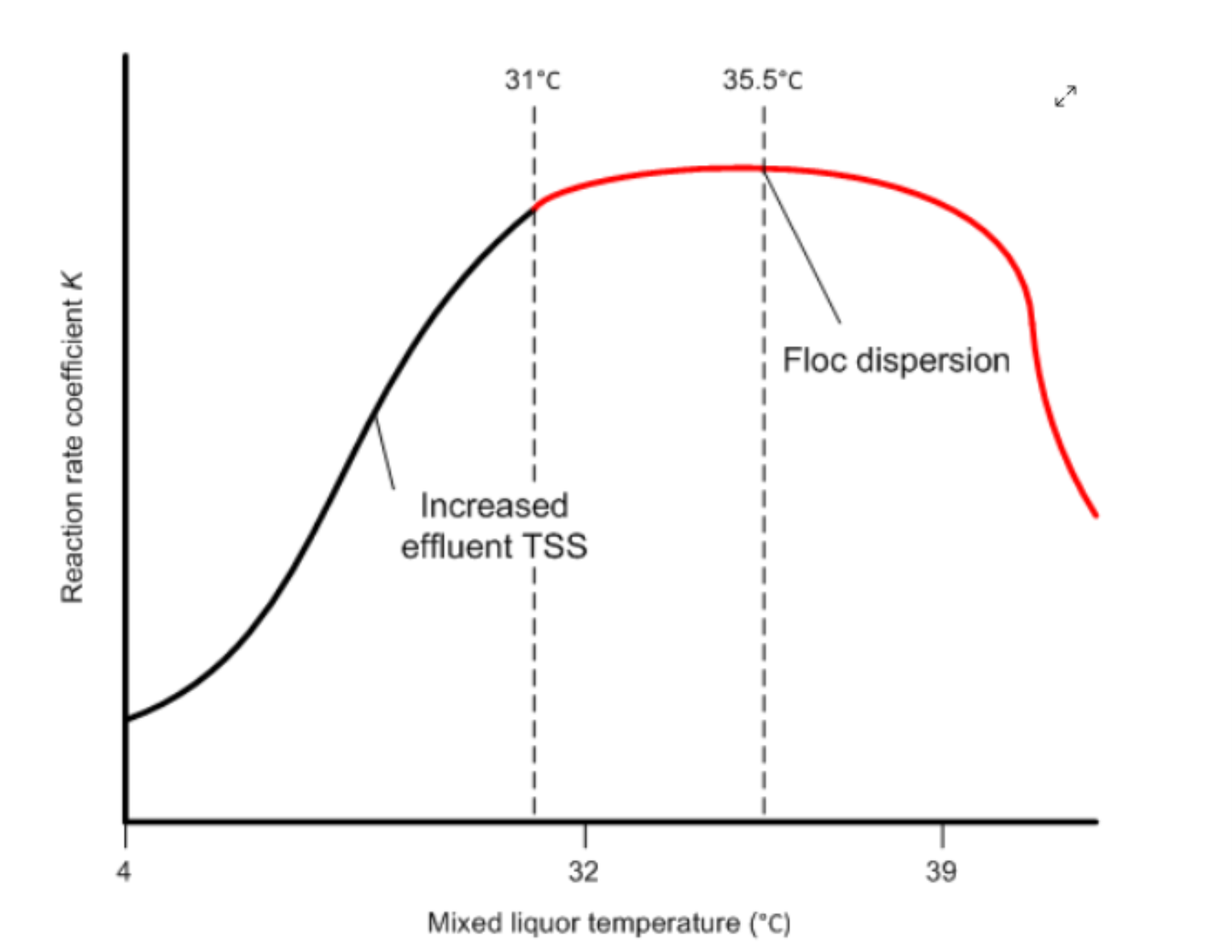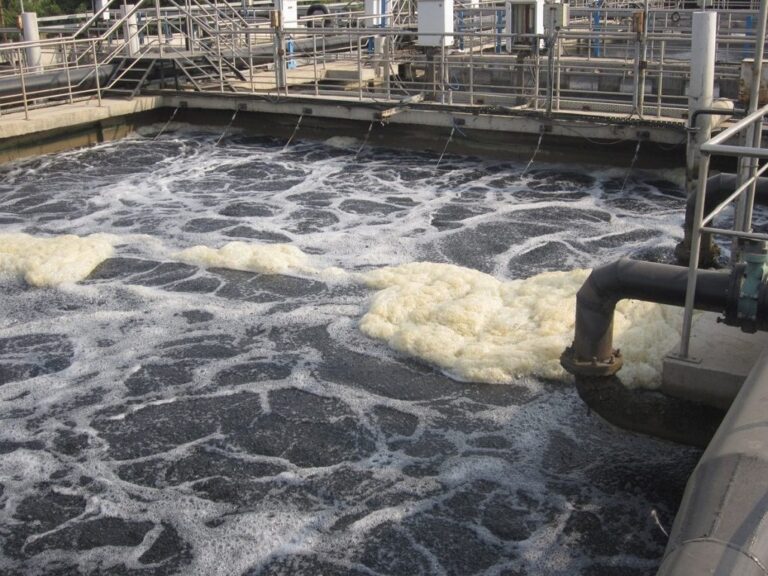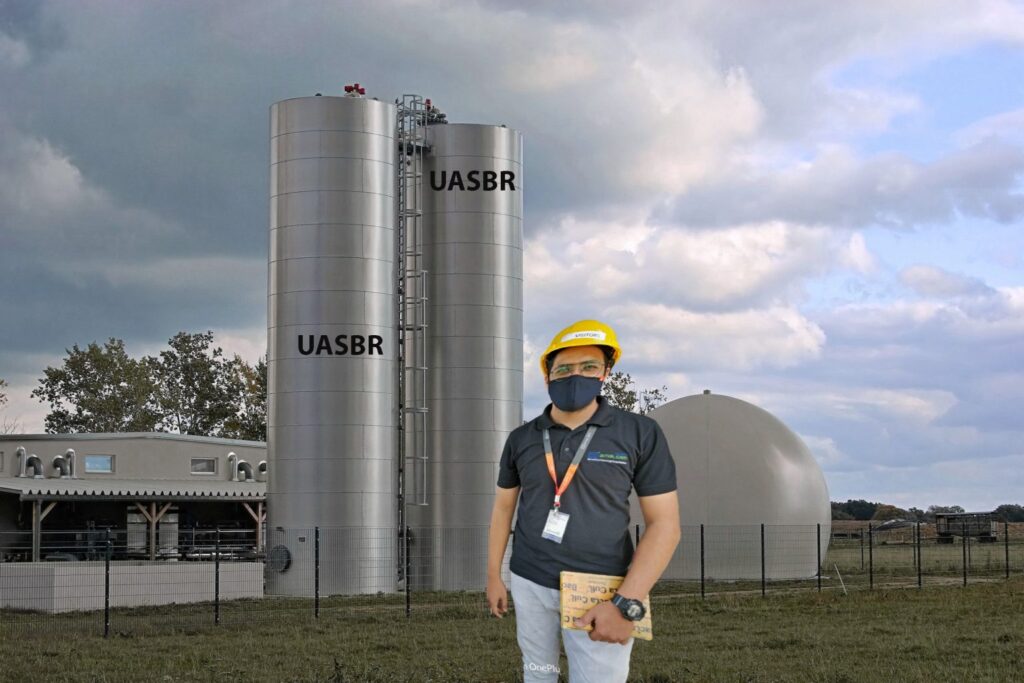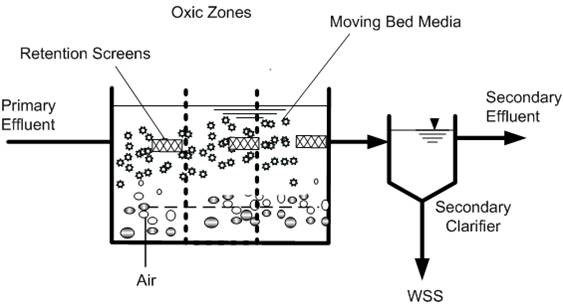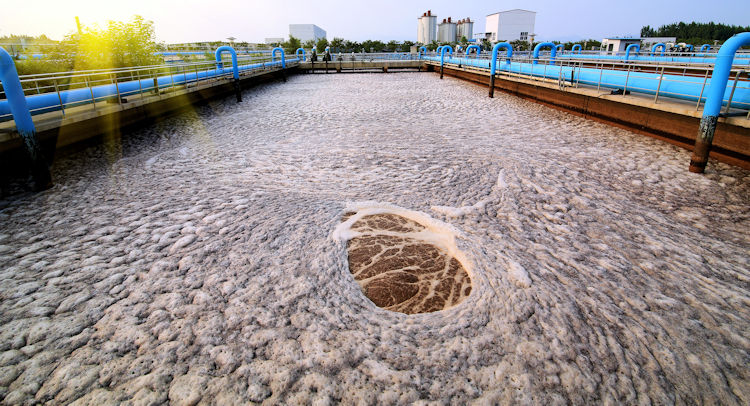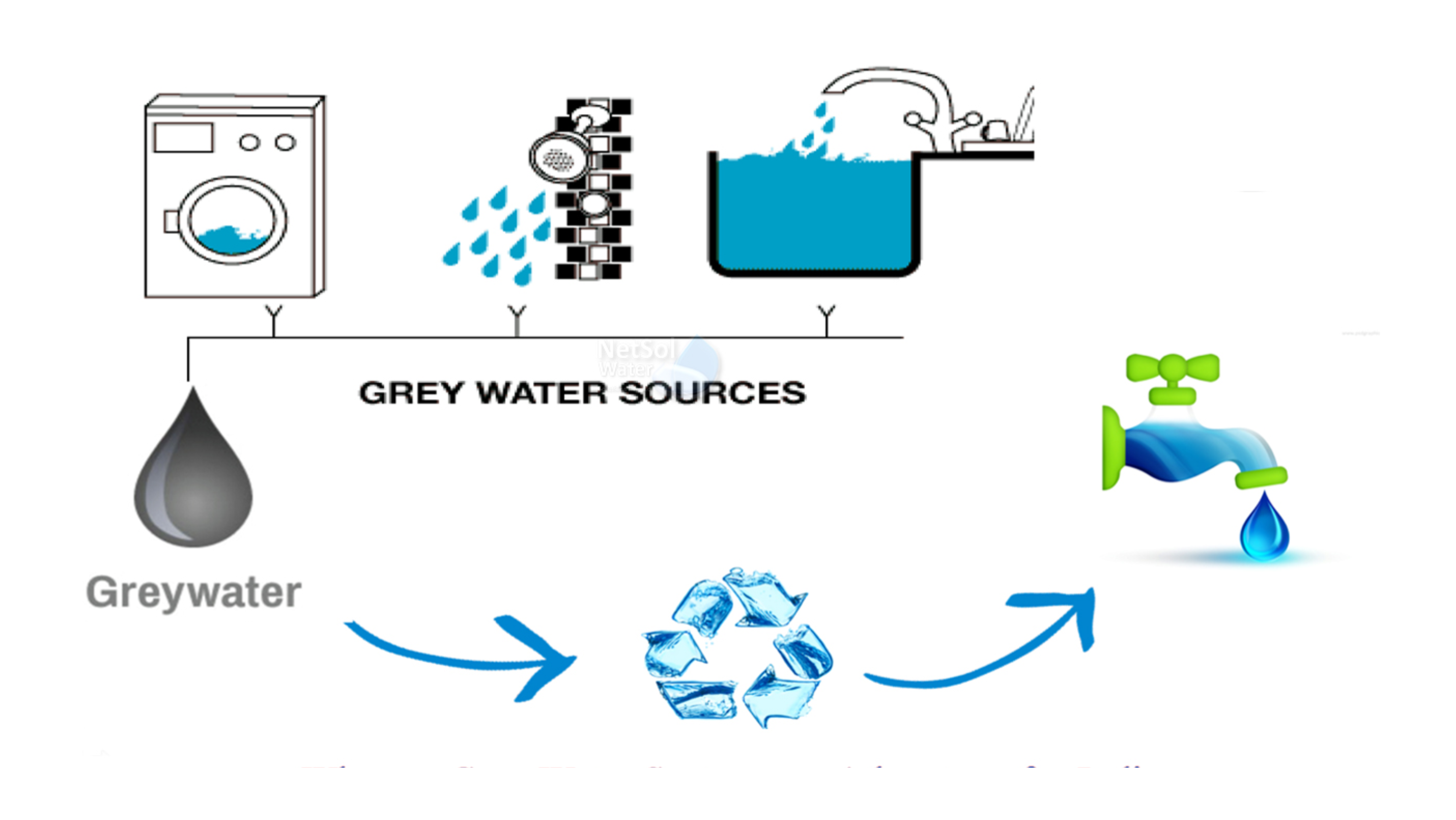Wastewater treatment is vital for safeguarding public health and preserving our environment. However, a major hurdle for wastewater treatment plants (WWTPs) is tackling the pervasive problem of unpleasant odors. These odors can significantly impact nearby communities, causing nuisance complaints, diminishing property values, and even posing health risks. Fortunately, effective odor control system wastewater solutions exist to neutralize these noxious fumes and ensure a breath of fresh air for everyone.
Unmasking the Culprits: Origins of Wastewater Odors
To effectively combat wastewater odors, it's essential to understand their origins. Wastewater, a complex cocktail of organic and inorganic compounds, undergoes various processes that can release foul-smelling gases.
Hydrogen Sulfide (H2S): This gas, notorious for its rotten egg smell, is a byproduct of anaerobic decomposition, a process where microorganisms break down organic matter in the absence of oxygen.
Ammonia (NH3): Recognizable by its pungent, sharp odor, ammonia is released during the breakdown of nitrogen-containing compounds. It can irritate the respiratory system and contribute significantly to overall odor issues.
Mercaptans: These organic sulfur compounds pack a powerful punch with their unpleasant odor, often likened to garlic or rotten cabbage. Commonly found in petroleum products, they can also find their way into wastewater.
Volatile Organic Compounds (VOCs): This diverse group includes various chemicals that readily evaporate at room temperature, contributing to odor problems. Sources of VOCs in wastewater can range from industrial discharges and household products to natural processes.
The Wide-Reaching Impact of Wastewater Odors
The consequences of uncontrolled wastewater odors extend far beyond the treatment plant itself, affecting the surrounding community in various ways:
Community Dissatisfaction: Offensive odors can trigger a wave of complaints from nearby residents and businesses, straining relationships between the WWTP and the community it serves.
Property Value Decline: Persistent odors can make it difficult to sell or rent properties near a WWTP, negatively impacting local real estate markets and potentially leading to financial losses for homeowners.
Health Hazards: Exposure to certain wastewater odors, particularly at high concentrations or for prolonged periods, can cause various health problems, including headaches, nausea, respiratory irritation, and more serious issues.
Economic Impact: Unpleasant odors can deter tourists and discourage recreational activities, impacting local businesses and hindering economic growth.
Winning the Odor War: Effective Wastewater Odor Control Solutions
Thankfully, a range of technologies and strategies have been developed to combat wastewater odors. These odor control system wastewater solutions can be broadly categorized into:
Biological Odor Control: This eco-friendly approach harnesses the power of microorganisms to break down odor-causing compounds. Biofilters, bioscrubbers, and biotrickling filters are examples of biological treatment systems that utilize microorganisms to effectively neutralize odors.
Chemical Odor Control: This method employs chemicals to neutralize or oxidize odor-causing compounds. Chemical scrubbing, ozonation, and chlorine dioxide treatment are some common chemical odor control techniques.
Physical Odor Control: This category encompasses physical processes such as adsorption, absorption, and masking to remove or contain odor-causing compounds. Activated carbon adsorption, air stripping, and ventilation systems are examples of physical methods.
Here's a closer look at some widely used odor control system wastewater technologies:
Activated Carbon Adsorption: This popular technology utilizes activated carbon's exceptional adsorption properties to capture and remove odor-causing compounds from the air. Activated carbon is available in various forms, offering flexibility in system design.
Biofiltration: This sustainable approach employs microorganisms to break down odor-causing compounds in the air. Biofilters typically consist of a bed of organic material where microorganisms thrive and degrade odorous compounds as air passes through.
Chemical Scrubbing: This method uses chemicals to neutralize or oxidize odor-causing compounds in the airstream. Scrubbers come in various designs, and the choice of scrubbing liquid depends on the specific odor compounds being targeted.
Ozone Treatment: Ozone, a powerful oxidant, is used to break down odor-causing compounds in the air. Ozone treatment systems can be highly effective but require careful monitoring and control.
Finding the Perfect Fit: Choosing the Right Odor Control System Wastewater Solution
Selecting the most effective odor control system wastewater solution requires careful consideration of various factors:
Odor Profile: The specific types and concentrations of odor-causing compounds present will influence the choice of technology.
Environmental Factors: Climate, humidity, and wind patterns can affect the performance of different odor control systems.
Budgetary Constraints: Different technologies have varying capital and operating costs.
Regulatory Compliance: Adherence to local environmental regulations is crucial when choosing and implementing an odor control system.
Consulting with an experienced odor control professional is highly recommended to ensure the selection of the most suitable solution for your specific needs.
A Strategic Approach: Implementing an Odor Control System Wastewater Plan
Once an odor control system wastewater solution is chosen, developing and implementing a comprehensive odor control plan is vital. This plan should include:
Odor Source Identification: Pinpointing the specific sources of odors within the WWTP is the first step, involving site visits, air monitoring, and process analysis.
Technology Selection: Based on the identified odor sources and other site-specific factors, the most appropriate control technologies should be chosen.
Proper Installation and Operation: The chosen odor control system must be installed correctly and operated according to best practices to ensure optimal performance.
Ongoing Monitoring and Maintenance: Regular monitoring and proactive maintenance are essential to ensure the continued effectiveness of the odor control system wastewater.
Reaping the Rewards: Benefits of Effective Odor Control
Investing in and implementing an effective odor control system wastewater plan offers numerous benefits:
Improved Air Quality: Reducing or eliminating unpleasant odors enhances the overall air quality around the WWTP, minimizing nuisance complaints and potential health risks.
Enhanced Property Values: Addressing odor issues can help stabilize or even increase property values in the surrounding area, benefiting homeowners and the local economy.
Boosted Tourism and Recreation: Creating a more pleasant environment can attract tourists and encourage recreational activities, supporting local businesses and economic growth.
Improved Worker Safety and Morale: A well-maintained odor control system wastewater creates a safer and more pleasant work environment for WWTP employees.
Potential for Reduced Operating Costs: Some odor control technologies can contribute to reducing operating costs by improving the efficiency of the wastewater treatment process.
Odor control system wastewater is an indispensable aspect of responsible wastewater management. By implementing a comprehensive and well-designed odor control plan, WWTPs can minimize their impact on surrounding communities, protect public health, and enhance the overall quality of life. If you are facing odor control challenges, don't hesitate to seek expert advice to find the best solutions for your specific needs.





